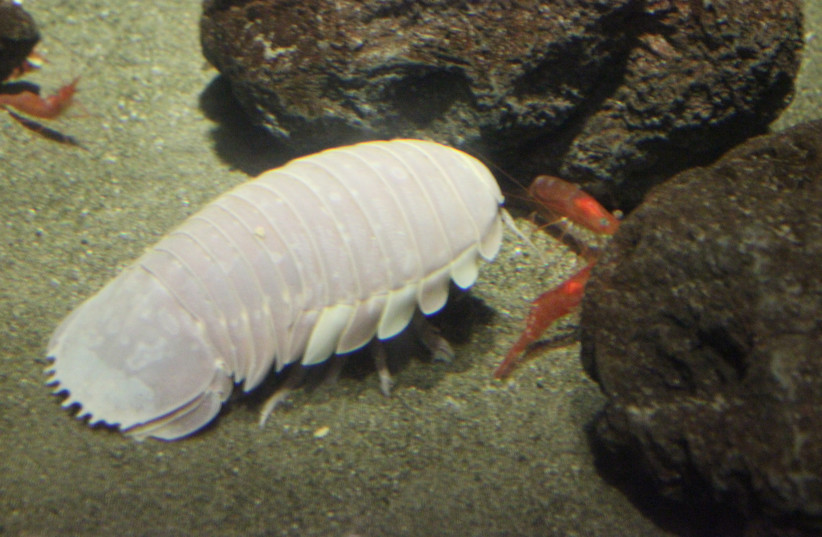Scientists identified a new species of giant isopod crustaceans that live in the deepest parts of the ocean, called Bathynomus yucatanensis, a new study published on Wednesday detailed.
The peer-reviewed study, published in the Journal of Natural History on Wednesday by researchers from Taiwan, Japan and Australia, highlights the importance of the fishing industry to marine biology.
There are about 20 species of isopods, or Bathynomus, a genus about which little is currently understood due to its remote habitat. Bathynomus is distantly related to decapods, such as shrimp, crabs and lobsters.
Deep sea isopods are related to woodlice, roly polys and pillbugs, but B. yucatanensis is about 2,500% larger than the common woodlouse.
With the discovery of B. yucatanensis, there are now three known species of Bathynomus in the Gulf of Mexico, including B. maxeyorum and B. giganteus. Researchers noted, however, that B. yucatanensis has significant physical differences from the other two species.
Physical differences between giant isopods
“Compared to B. giganteus, B. yucatanensis has more slender body proportions and is shorter in total length … and the pereopods [thoracic limbs] are more slender.”
Researchers
“Compared to B. giganteus, B. yucatanensis has more slender body proportions and is shorter in total length … and the pereopods [thoracic limbs] are more slender,” the researchers said.
Furthermore, B. yucatanensis has longer antennae and the same number of pleotelson spines, which protrude from its tail end, as B. giganteus.
The researchers added that B. yucatanensis has 11 pleotelson spines while B. maxeyorum has seven.
B. yucatanensis also has a yellowish shell, while the other two species have greyer shells.
Learning about the new giant isopod
In the study, the researchers took two Bathynomus specimens from an aquarium in Japan, B. giganteus and the undescribed species.
To confirm that B. yucatanensis was a distinct species of Bathynomus, the researchers conducted a molecular genetic analysis comparing B. giganteus and B. yucatanensis and found that the two genes had different sequences in addition to their distinct physical features.
“Due to the different sequences of the two genes (COI and 16S rRNA), coupled with differences in morphology, we identified it [B. yucatanensis] as a new species,” researchers said.
The researchers added that some Bathynomus species are targeted by deep-sea trawl fisheries and that it is, therefore, critical to be aware of which species are being caught.

